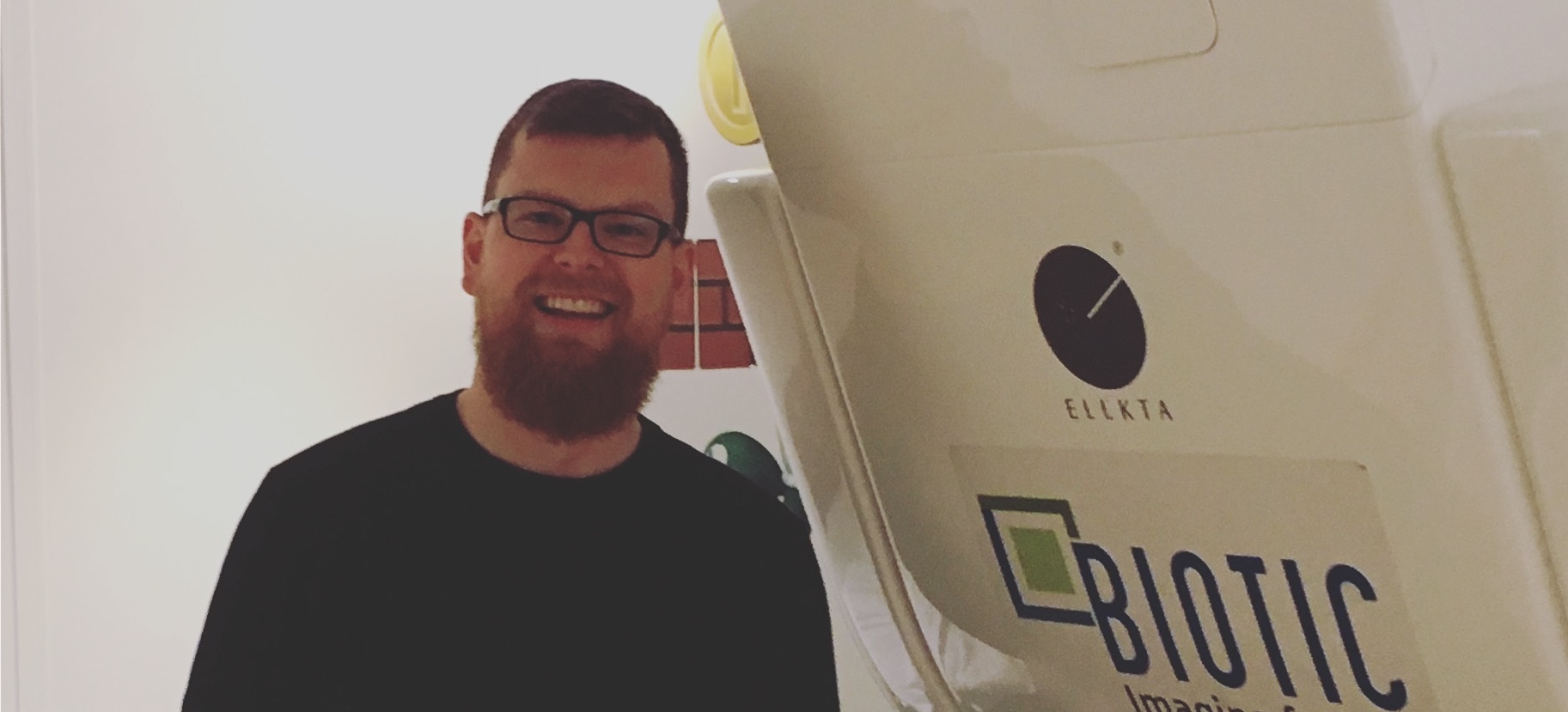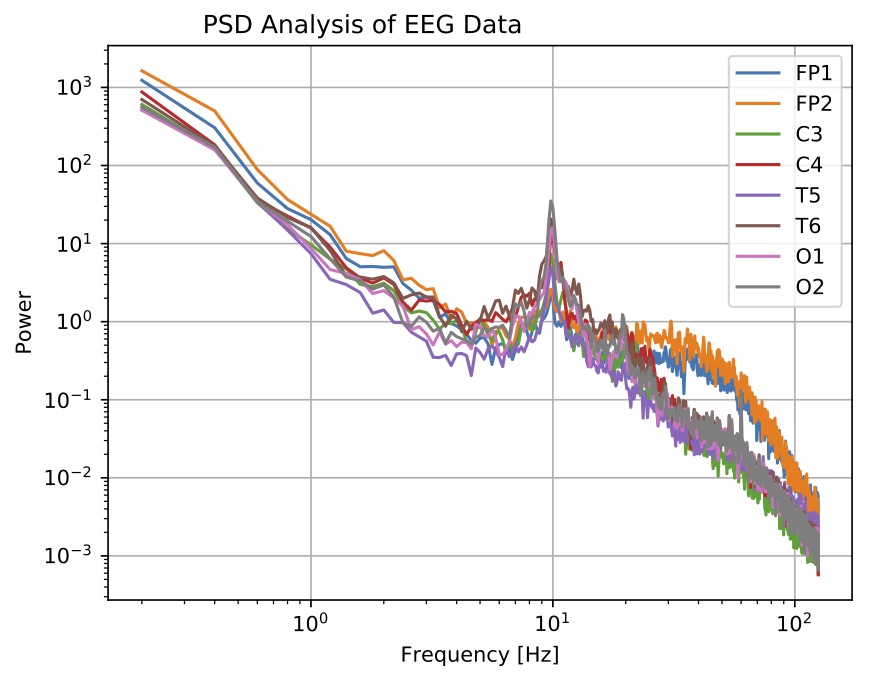
Ageing and Brain Waves in Big Data
Most neuroimaging studies contain data from tens of participants, which substantially limits the generalizability and reproducibility of the associated findings. Recent trends towards large open-access datasets have provided opportunity to address this weakness. In particular, the CamCAN dataset contains MEG, structural MRI, fMRI and demographic/cognitive data from roughly 600 participants. With an equal distribution of ages from 18-88, this dataset is ideal for cross-sectional investigation of age-related trends.
We have published a series of papers revealing age-related trends in the CamCAN dataset. The dataset includes functional imaging (MEG/fMRI) during a simple cued button press task and during wakeful resting. In particular, we have been looking at the transient signals associated with rhythmic bursts in the sensorimotor cortices. The focus has been on beta band (~20 Hz) transients, although some other signals have been investigated too.




